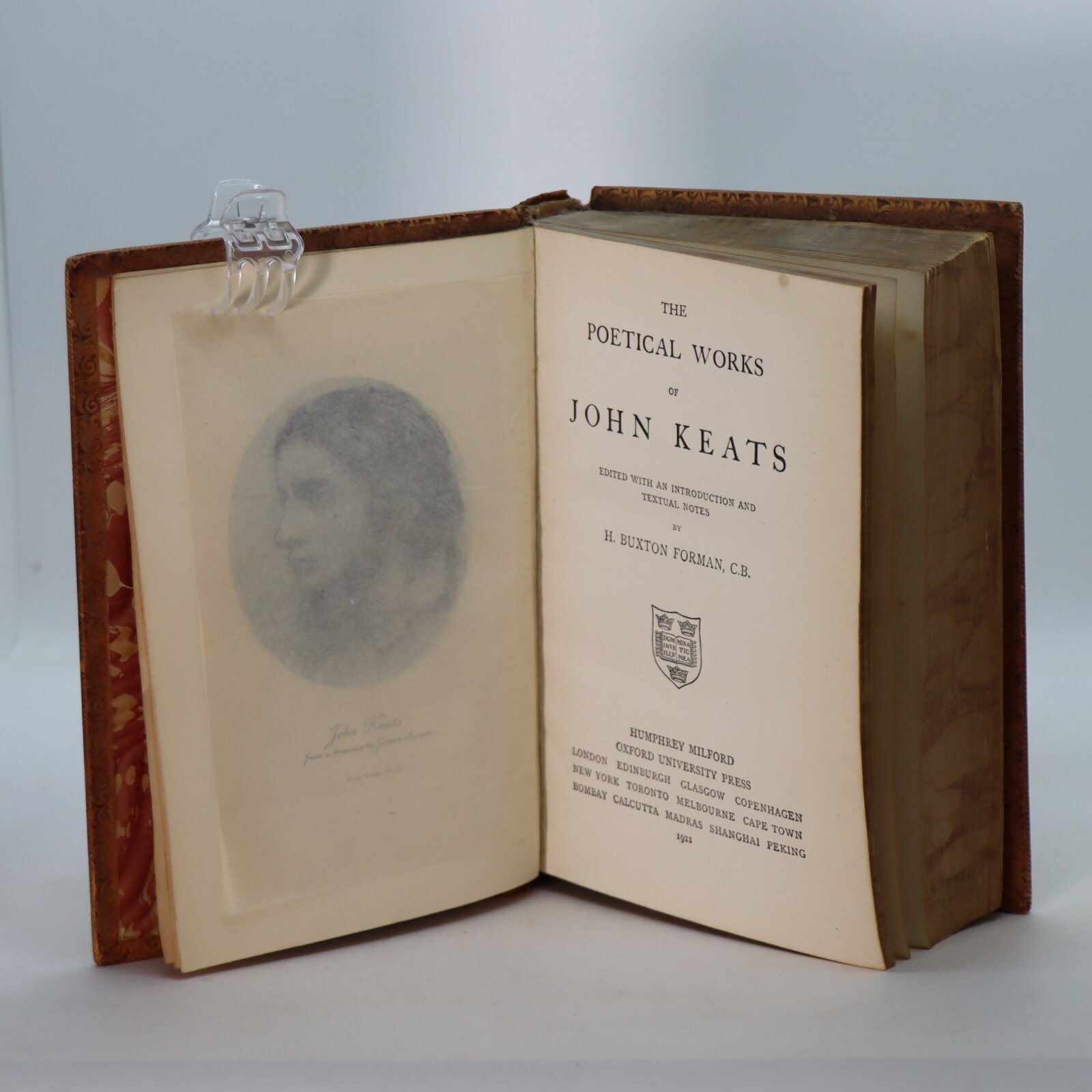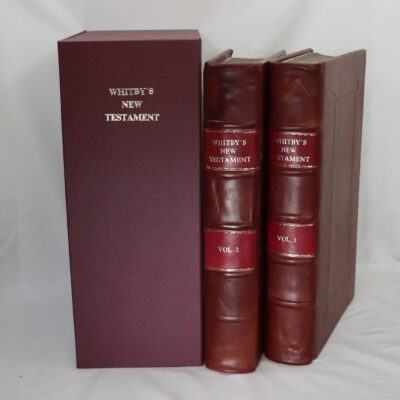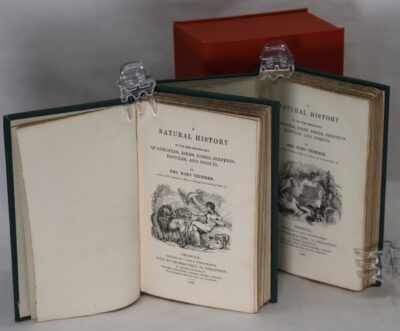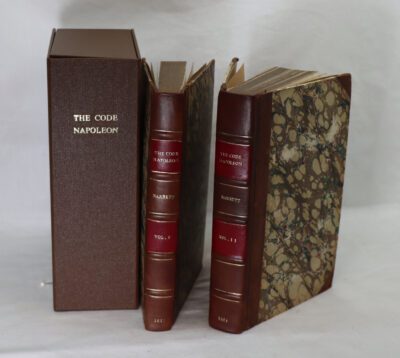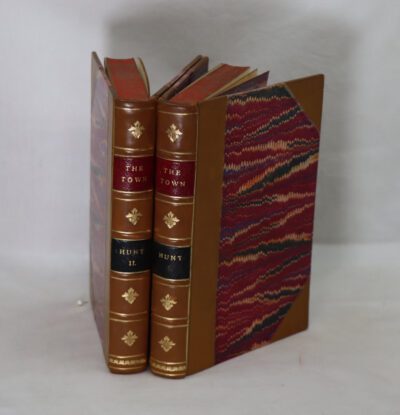Keat's Works.
By John Keats
Printed: 1921
Publisher: Oxford University Press. London
| Dimensions | 14 × 20 × 5 cm |
|---|---|
| Language |
Language: English
Size (cminches): 14 x 20 x 5
Condition: Very good (See explanation of ratings)
Your items
Item information
Description
Full tree calf with gilt decoration and red title plate on the spine.
F.B.A. provides an in-depth photographic presentation of this item to stimulate your feel and touch. More traditional book descriptions are immediately available.
A clean book which suffered climate damage to its casing, hence the £200.00 reduction in its price.
John Keats (31 October 1795 – 23 February 1821) was an English poet prominent in the second generation of Romantic poets, with Lord Byron and Percy Bysshe Shelley, although his poems had been in publication for less than four years when he died of tuberculosis at the age of 25. They were indifferently received during his lifetime, but his fame grew rapidly after his death. By the end of the century he was placed in the canon of English literature and an inspiration for the Pre-Raphaelite Brotherhood, strongly influencing many writers; the Encyclopædia Britannica called one ode “one of the final masterpieces”. Jorge Luis Borges named his first encounter with Keats an experience he felt all his life. Keats had a style “heavily loaded with sensualities”, notably in the series of odes. Typically of the Romantics, he accentuated extreme emotion through natural imagery. Today his poems and letters remain among the most popular and analysed in English literature. Especially acclaimed are “Ode to a Nightingale”, “Ode on a Grecian Urn”, “Sleep and Poetry” and the sonnet “On First Looking into Chapman’s Homer”.
“Ode to a Nightingale” is a poem by John Keats written either in the garden of the Spaniards Inn, Hampstead, London or, according to Keats’ friend Charles Armitage Brown, under a plum tree in the garden of Keats’ house at Wentworth Place, also in Hampstead. According to Brown, a nightingale had built its nest near the house that he shared with Keats in the spring of 1819. Inspired by the bird’s song, Keats composed the poem in one day. It soon became one of his 1819 odes and was first published in Annals of the Fine Arts the following July. The poem is one of the most frequently anthologized in the English language.
“Ode to a Nightingale” is a personal poem which describes Keats’s journey into the state of negative capability. The tone of the poem rejects the optimistic pursuit of pleasure found within Keats’s earlier poems and, instead, explores the themes of nature, transience and mortality, the latter being particularly relevant to Keats.
The nightingale described experiences a type of death but does not actually die. Instead, the songbird is capable of living through its song, which is a fate that humans cannot expect. The poem ends with an acceptance that pleasure cannot last and that death is an inevitable part of life. In the poem, Keats imagines the loss of the physical world and sees himself dead—as a “sod” over which the nightingale sings. The contrast between the immortal nightingale and mortal man sitting in his garden, is made all the more acute by an effort of the imagination. The presence of weather is noticeable in the poem, as spring came early in 1819, bringing nightingales all over the heath.
Condition notes
Want to know more about this item?
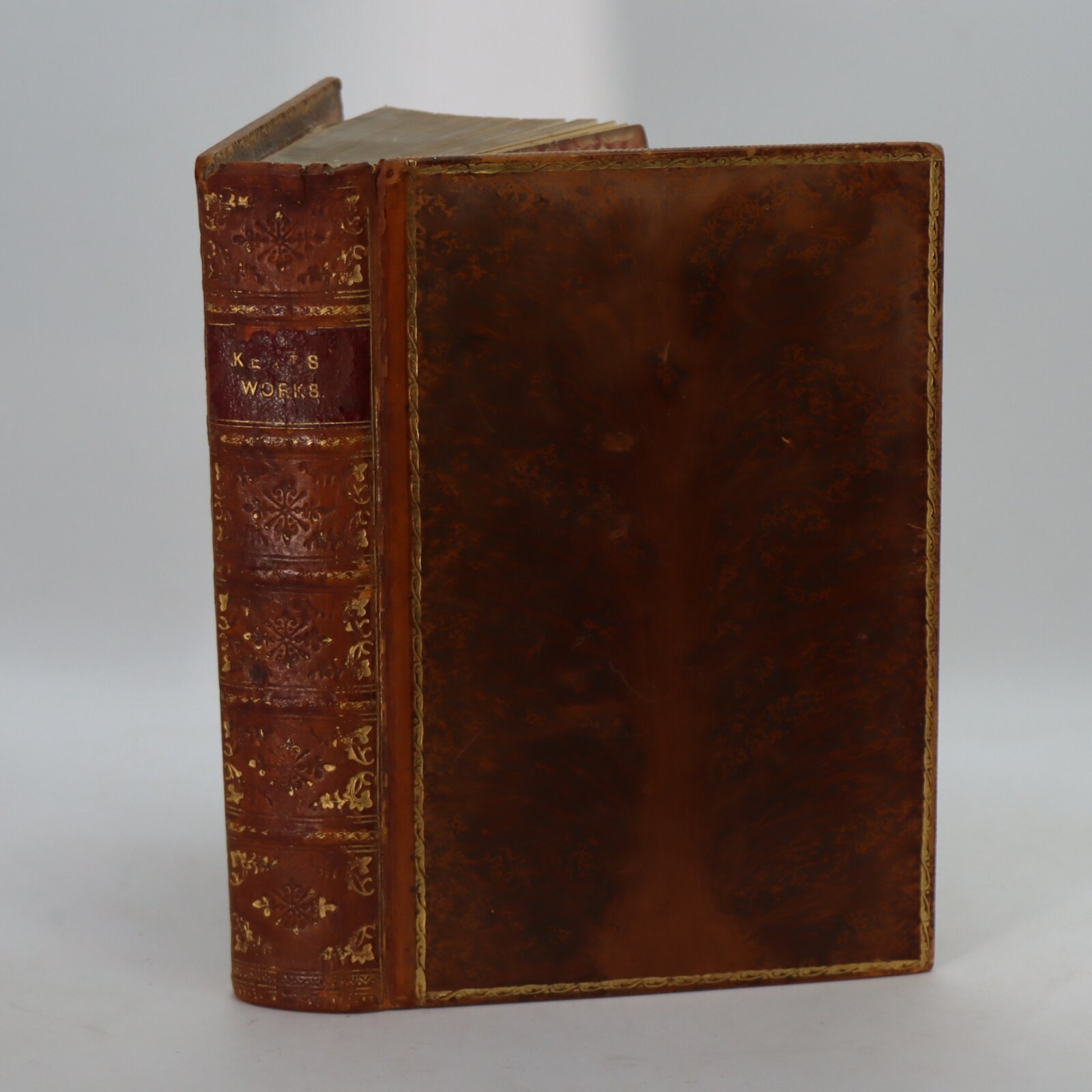
Related products
Share this Page with a friend



